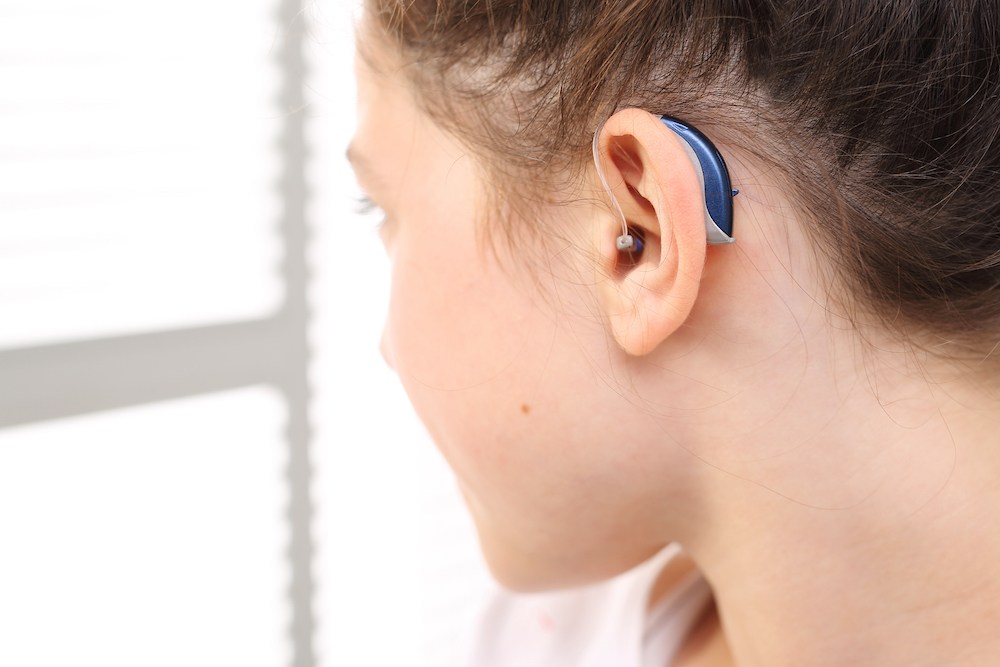How Long Do Hearing Aids Last?
Hearing aids have become indispensable for millions of people worldwide,
Knowledge is power on the road to better hearing, which is why we provide helpful resources and support beyond your office visit. On the blog, you’ll find articles covering topics such as hearing aid maintenance, hearing loss management and more.

Your hearing is connected to your overall health in ways many people don’t realize. When you schedule a hearing test, you’re not just checking your ability to hear

Your hearing is connected to your overall health in ways many people don’t realize. When you schedule a hearing test, you’re not just checking your ability to hear

Your hearing is connected to your overall health in ways many people don’t realize. When you schedule a hearing test, you’re not just checking your ability to hear

Hearing aids have become indispensable for millions of people worldwide,

Hearing loss is a condition that affects millions of people worldwide, and

The ability to hear well is essential to communicating effectively and

Understanding hearing loss is crucial not only for those who experience

Hearing aids are incredible devices that can drastically improve the

Living with a hearing impairment can be challenging, but hearing
